Famous Astrologers in History
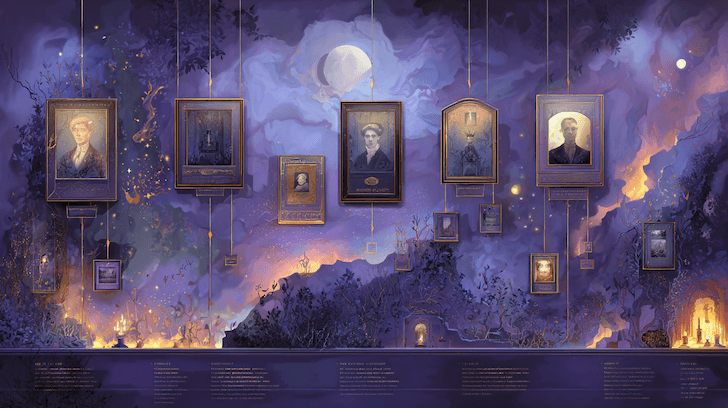
Astrology’s toolkit—signs, houses, dignities, aspects, horary, electional, profections, returns—was built across centuries by dedicated practitioners. This page spotlights astrologers proper: people known for teaching, writing, or practicing astrology as a discipline, not merely dabbling.
What follows is selective, not exhaustive. The aim is signal over list—who most shaped techniques, texts, and transmission across eras.
Eras and Key Figures (At a Glance)
| Era | Astrologers | Notable Contributions |
|---|---|---|
| Hellenistic (2nd c. BCE–6th c. CE) | Dorotheus, Valens, Ptolemy, Firmicus, Rhetorius, Hephaistio | Horoscopic astrology, whole-sign houses, sign-based aspects, lots, profections, time-lords |
| Medieval Persian–Arabic (8th–11th c.) | Māshāʾallāh, Sahl ibn Bishr, Abū Maʿshar, al-Qabīṣī, al-Bīrūnī | Horary/electional rules, house systems, mundane ingress charts, encyclopedic surveys |
| Medieval–Renaissance Latin (12th–17th c.) | Guido Bonatti, Ibn Ezra (Latin), Regiomontanus, Cardano, Morin, Lilly, Kepler | Handbooks, refined directions, new house divisions, horary canon, experimental aspects |
| Early–Modern & 19th–20th c. | Alan Leo, Sepharial, B. V. Raman, Ebertin, Rudhyar, Olivia Barclay | Psychological turn, Jyotiṣa modernization, cosmobiology, humanistic astrology, horary revival |
| Late 20th–21st c. revival | Project Hindsight (Schmidt, Hand), Demetra George, Jim Lewis, Liz Greene, Chris Brennan | Retranslation of source texts, asteroid scholarship, astrocartography, integrated modern practice |
Hellenistic Founders
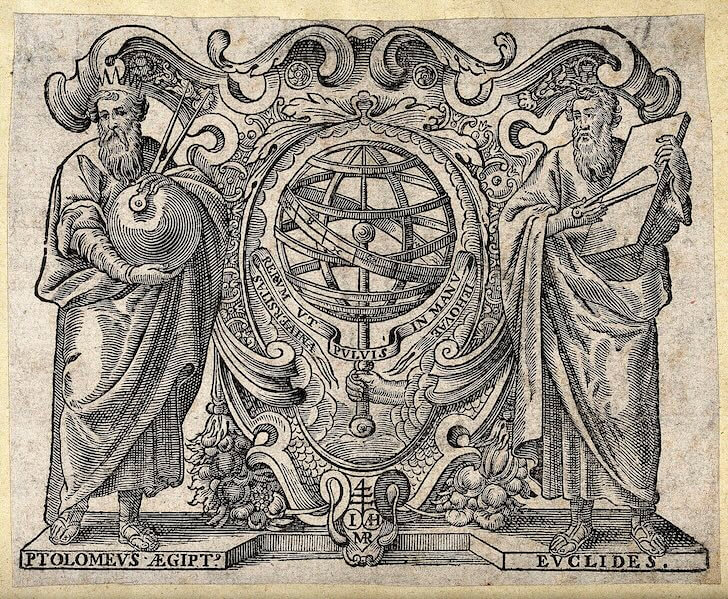
Dorotheus of Sidon (1st c. CE) Author of a foundational didactic poem (often titled Carmen Astrologicum). Systematized natal, electional, and katarchic techniques; a major source for later Arabic and Indian texts.
Vettius Valens (2nd c. CE) Working astrologer whose Anthology preserves lots, profections, time-lords (including Zodiacal Releasing lineages), and practical delineations with chart examples.
Claudius Ptolemy (2nd c. CE) Tetrabiblos framed astrology within natural philosophy; standardized aspects, dignities, and meteorological/medical applications. Less “how-to” than Dorotheus/Valens but hugely influential.
Firmicus Maternus (4th c. CE) Matheseos compiles Hellenistic doctrine for a Latin audience—rich in delineations, receptions, and conditions of planets.
Rhetorius of Egypt & Hephaistio of Thebes (5th–6th c. CE) Transitional preservers who transmit late Hellenistic materials (lots, sect, elections) into the Byzantine era.
Persian–Arabic Masters
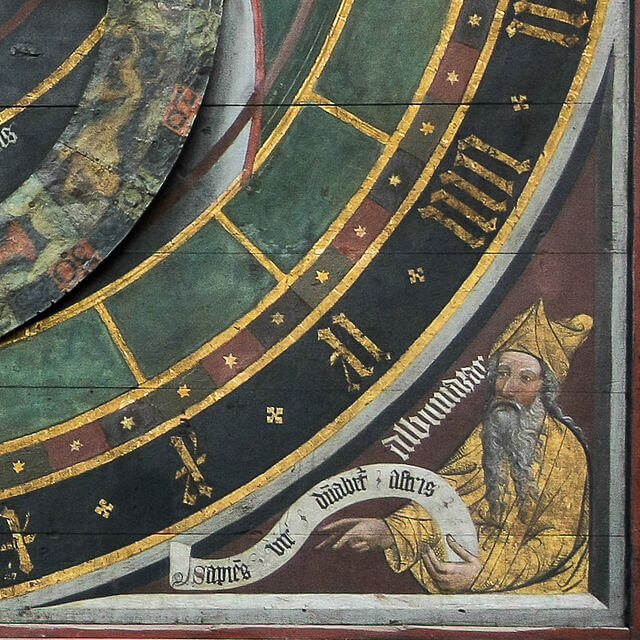
Māshāʾallāh ibn Atharī (8th–9th c.) Court astrologer in Baghdad; wrote on ingresses, mundane cycles, and elections that shaped Islamic and Latin practice.
Sahl ibn Bishr (9th c.) Clear expositions on horary and electional method; his manuals became medieval standards in Latin translation.
Abū Maʿshar (Albumasar, 9th c.) Great Introduction and On Revolutions synthesized Greek sources; monumental influence on mundane and historical cycles.
al-Qabīṣī (Alcabitius, 10th c.) Introductory handbooks and a widely used house system in the Latin West.
al-Bīrūnī (11th c.) Polymath who cataloged astrological doctrine with comparative clarity—bridging science, culture, and method.
Medieval–Renaissance in the Latin West
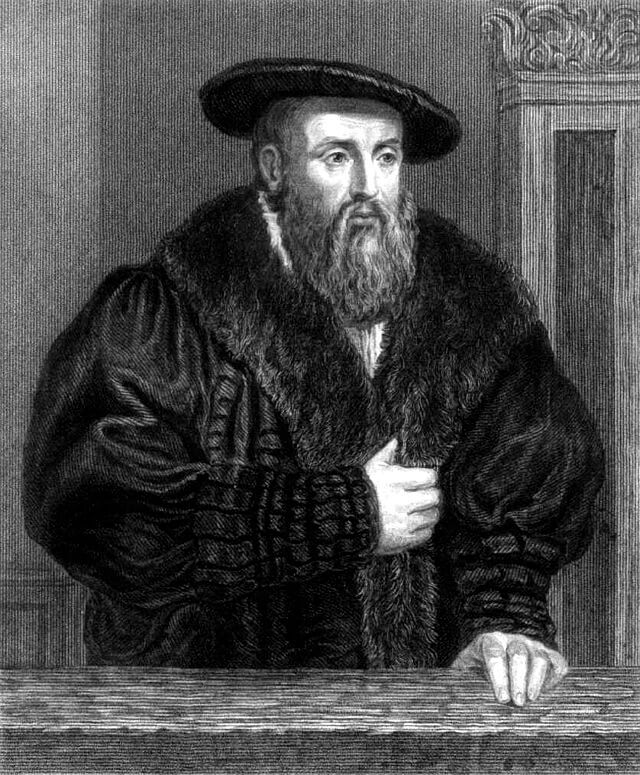
Guido Bonatti (13th c.) The Book of Astronomy became the medieval reference across natal, electional, and horary; authoritative technique and judgment rules.
Abraham Ibn Ezra (12th c.) Hebrew scholar writing practical astrological treatises later rendered into Latin; strong on dignities, receptions, and timing.
Johannes Müller (Regiomontanus, 15th c.) Astronomer–astrologer who produced tables and the Regiomontanus houses; key for computational astrology.
Girolamo Cardano (16th c.) Physician–astrologer; numerous nativities and applied method; linked statistical curiosity with delineation.
Jean-Baptiste Morin (Morinus, 17th c.) Astrologia Gallica critiqued earlier methods and emphasized domification and determinative rules—grand systematic reform attempt.
William Lilly (17th c.) Christian Astrology (1647) codified horary in English; still the baseline for modern traditional horary practice.
Johannes Kepler (17th c.) Introduced quintile/biquintile and experimented with harmonics; sought a reformed, geometric astrology alongside pioneering astronomy.
Indian & Cross-Cultural Voices
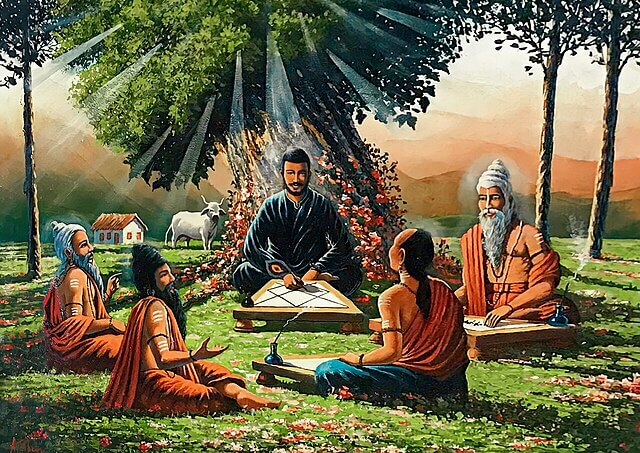
Varāhamihira (6th c.) Bṛhat Jātaka and Bṛhat Saṃhitā: classical Jyotiṣa compendia on natal, omens, and calendrics; bedrock for later commentators.
B. V. Raman (20th c.) Modernizer and popularizer of Jyotiṣa worldwide; prolific author who bridged tradition and contemporary application.
19th–20th Century Turns
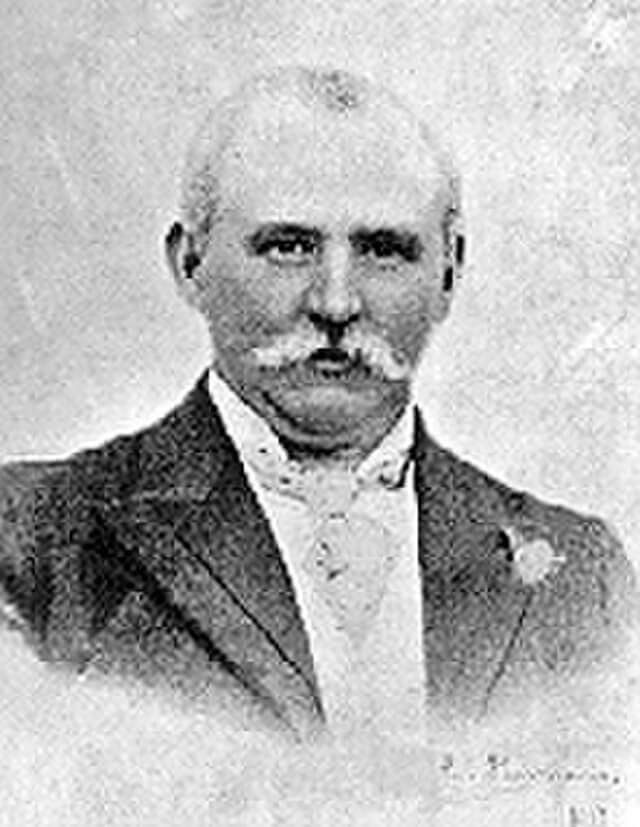
Alan Leo (1860–1917) Catalyst of modern popular and psychological astrology; emphasized character over fatalism and helped standardize sun-sign columns.
Sepharial (Walter Gorn Old, 1864–1929) Early 20th-century author on directions, eclipses, and esoteric correspondences; influential in occult circles.
Reinhold Ebertin (1901–1988) Founded Cosmobiology; midpoint-centered techniques and graphical analysis (The Combination of Stellar Influences).
Dane Rudhyar (1895–1985) Father of humanistic astrology—archetypal, process-oriented reading grounded in depth psychology and cyclic philosophy.
Olivia Barclay (1919–2001) Revived traditional horary in the English-speaking world; trained a generation that reconnected with Lilly.
Late 20th–21st Century Revivals & Innovations
Project Hindsight (1990s–2010s) Robert Schmidt (translations), Robert Hand (scholar–practitioner), and colleagues retransmitted Greek/Latin sources—restoring sect, lots, profections, and whole-sign houses to mainstream practice.
Demetra George Bridged ancient texts with modern practice; also advanced asteroid scholarship and mythic delineation.
Jim Lewis (1941–1995) Created and trademarked AstroCartoGraphy—mapping planetary angularity across the globe; cornerstone for relocation practice.
Liz Greene Depth-psychological synthesis; founded the Centre for Psychological Astrology; seminal works on Saturn, relationships, and fate.
Chris Brennan Systematized the Hellenistic revival for contemporary readers (Hellenistic Astrology) and popularized professions, lots, time-lords via teaching and media.
Why These Figures Matter
- They built and preserved the technical spine: houses, aspects, dignities, lots, time-lords, returns, directions.
- They kept astrology alive through translation waves—Greek → Arabic → Latin → modern languages.
- They adapted the craft to new worldviews: from omen and fate to science and philosophy to psychology and data.
Astrology is a lineage of working minds. When you use profections, read a horary, cast a solar return, or map a relocation line, you’re practicing techniques honed by these people across two millennia.
History of Astrology
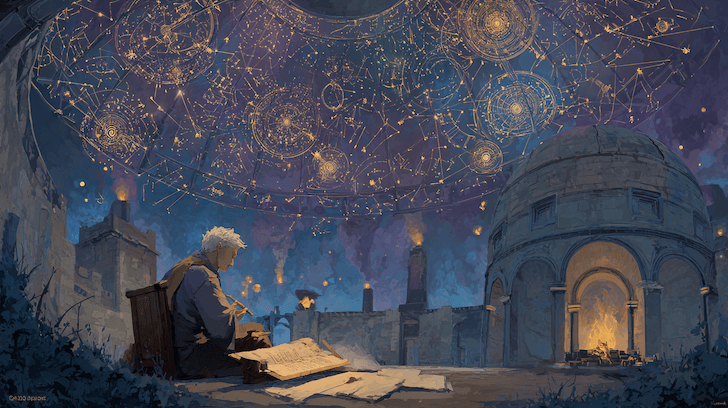
Get Your Birth Chart
Calculate your complete astrological chart with precise astronomical data based on your birth time and location
Generate Chart